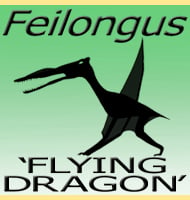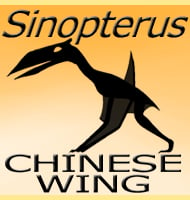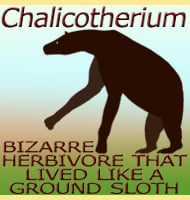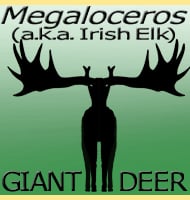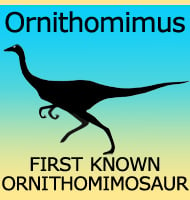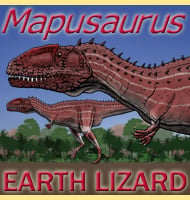In Depth
Proraphidia is a genus of snakefly that lived during the Mesozoic. The first specimen discovered in Kazakstan was determined to come from a deposit Mid Jurassic in age, but later discoveries in England and Spain have revealed that the Proraphidia genus survived all the way to the Early Cretaceous. As a snakefly Proraphidia would have been a predator of other small insects.
Further Reading
- Dve novykh verblyudki (Raphidioptera) iz Yurskikh slantsev Kara-Tau. - Doklady Akademii Nauk SSSR 56(6):635-637. - O. M. Martynova - 1947. - Two new species of snakefly (Insecta: Raphidioptera) from the Lower Cretaceous of England and Spain with a review of other fossil raphidiopterans from the Jurassic/Cretaceous transition. - Alavesia 2:193-201. - J. E. Jepson & E. A. Jarzembowski - 2008.


